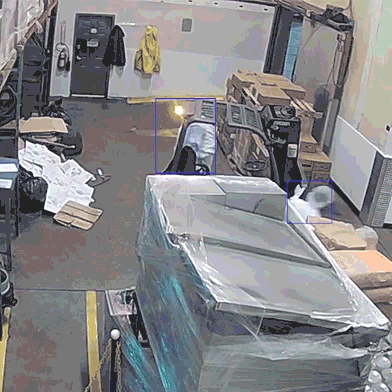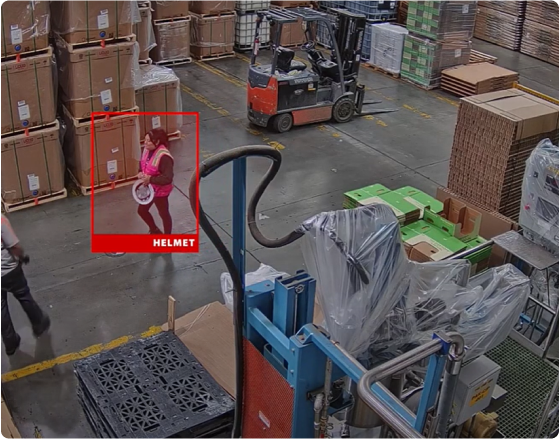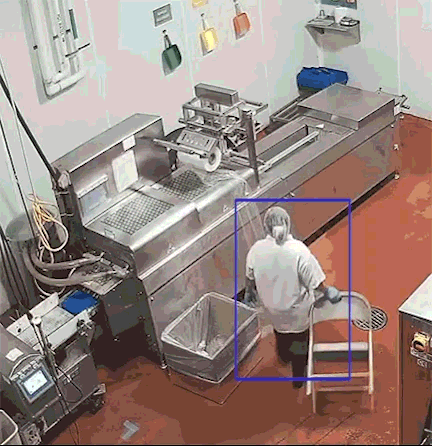
Keystone Natural Holdings
Case Study.
Harnessing AI to Transform Broker Relationships and Elevate Client Satisfaction
Harnessing AI to Transform Broker Relationships and Elevate Client Satisfaction
Keystone Natural Holdings, a prominent figure in the plant-based food industry, distinguishes itself through an exemplary safety program deeply embedded in its operational ethos. Demonstrating an unwavering commitment to safety, the company meticulously selects clean, high-quality ingredients, ensuring product safety throughout the development process, exemplified by the unique approach of baking veggie patties for both authentic flavors and safety assurance.



Start of Engagement
To kick off the risk reduction program and leverage the full power of the CompScience Intelligent Safety Platform, Keystone shared workplace videos through a simple upload to a secure server for their Folcroft location. CompScience analyzed 270 hours of existing security video, applying AI “detectors” to look at specific risks in Keystone’s operations.
With over five years of training and development and over two million hours of video analysis, these detectors specialize in industrial applications with significant experience in food manufacturing facilities. The CompScience Intelligent Safety Platform then identified and quantified specific risk events by work area, time of day, and type of potential injury.

Results Metrics
Keystone saw significant ergonomic improvements in safety at its facilities after prioritizing and creating an action plan and training to mitigate these risks.
These results were not only a testament to the effectiveness of CompScience’s Intelligent Safety Platform but also highlighted the critical role of the broker in this transformation. Typical insurance is “passive” and only there to cover the fallout after an accident happens.
“Active” insurance is there to reduce losses and prevent incidents. By becoming a more active participant in the safety process, the broker helped facilitate the implementation of specific ergonomic recommendations, leading to significant improvements.
43%
Reduction in ergonomic hazards in the Parsippany facility
77%
Reduction in slip, trip, fall hazards in the Philadelphia facility
Increased Productivity
With fewer injuries, the facilities were able to maintain higher productivity levels without the disruptions caused by workplace accidents.
Lower Employee Turnover
The enhanced focus on safety contributed to higher employee satisfaction and retention, as workers felt more valued and protected.
Reduction in Lost Hours Due to Injuries
The decrease in the number of injuries directly translated into fewer lost work hours, contributing to more consistent operations and higher-quality output.

